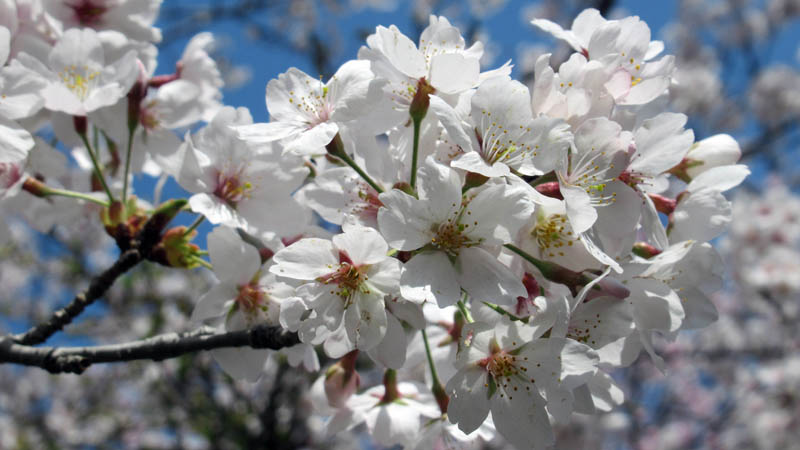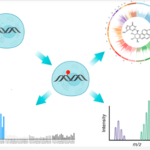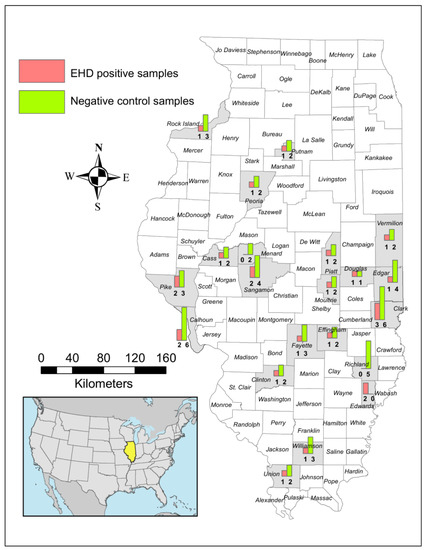2023-02-23 スウェーデン王国・カロリンスカ研究所(KI)
◆空気中の汚染物質が子供の肺の健康に悪影響を及ぼすことは、よく知られている。しかし、研究者らによると、空気の質の変化が子供や青年の肺の発達にどのような影響を及ぼすかについては、あまり研究されていない。
◆この研究では、1994年から1996年の間に生まれた約4,000人を追跡調査しているBAMSEプロジェクトのコホートを使用した。子供たちは、8歳、16歳、24歳のときに、アンケートに答え、肺機能を調べるためのスパイラル検査を受けた。
◆研究者たちは、何よりも、参加者が生まれてから大人になるまでの間に住んでいた場所での、主に交通機関による大気汚染物質の濃度を推定した。
◆一般に、2016年から2019年にかけてのストックホルムでは、2002年から2004年にかけての大気汚染よりも約40%低くなっていました。SödermalmのHornsgatanなど、60%減少した地点もありましたが、その他の地点では、大気質に大きな違いは見られませんでした。
◆この研究の筆頭著者であるカロリンスカ研究所環境医学研究所のZhebin Yu博士研究員は、「空気の質が改善した地域と改善しなかった地域を比較すると、若年層の参加者の肺機能が数パーセント改善したことがわかります」と述べています。「しかし、何よりも、肺機能が著しく低下するリスクが20%低下していることが確認されたのです。
◆研究者達は、空気中の汚染物質への曝露が、比較的低いレベルであっても、小児期から成人期初期までの肺機能の発達の改善と関連していると結論付けています。
◆BAMSEプロジェクトのこれまでの研究で、肺機能の成長は、時間の経過とともに改善も悪化もすることが示されており、今回の新しい結果は、大気汚染がこれに重要な役割を果たすことを示しています。
<関連情報>
- https://news.ki.se/childrens-lung-capacity-improved-in-cleaner-air
- https://erj.ersjournals.com/content/early/2023/02/02/13993003.01783-2022
大気環境の改善と小児期から成人期にかけての肺機能の成長との関連性:BAMSE研究Associations of improved air quality with lung function growth from childhood to adulthood: The BAMSE study
Zhebin Yu, Simon Kebede Merid, Tom Bellander, Anna Bergström, Kristina Eneroth, Antonios Georgelis, Jenny Hallberg, Inger Kull, Petter Ljungman, Susanna Klevebro, Massimo Stafoggia, Gang Wang, Göran Pershagen, Olena Gruzieva, Erik Melén
European Respiratory Journal Accepted January 29, 2023.
DOI: 10.1183/13993003.01783-2022
Abstract
Background The beneficial effect of improving air quality on lung function development remains understudied. We assessed associations of changes in ambient air pollution levels with lung function growth from childhood until young adulthood in a Swedish cohort study.
Methods In the prospective birth cohort BAMSE (Children, Allergy, Environment, Stockholm, Epidemiology), spirometry was conducted at the 8-year (2002–2004), 16-year (2011–2013) and 24-year follow-ups (2016–2019). Participants with spirometry data at 8 years and at least one another measurement in subsequent follow-ups were included (1509 participants with 3837 spirometry measurements). Ambient air pollution levels (particulate matter≤2.5 μm [PM2.5], particulate matter≤10 μm [PM10], black carbon [BC] and nitrogen oxides [NOx]) at residential addresses were estimated using dispersion modelling. Linear mixed-effect models were used to estimate associations between air pollution exposure change and lung function development.
Results Overall, air pollution levels decreased progressively during the study period. For example, the median (interquartile range, IQR) of PM2.5 decreased from 8.24 (0.92) μg·m-3 during 2002–2004 to 5.21 (0.67) μg·m-3 during 2016–2019. At the individual level, for each IQR reduction of PM2.5 the lung function growth rate increased by 4.63 ml year-1 (95%CI:1.64–7.61, p<0.001) for FEV1 and 9.38 ml year-1 (95%CI: 4.76–14.00, p<0.001) for FVC. Similar associations were also observed for reductions of BC and NOx. Associations persisted after adjustment for potential confounders, and were not modified by asthma, allergic sensitization, overweight, early-life air pollution exposure or antioxidant dietary intake.
Conclusions Long-term reduction of air pollution is associated with positive lung function development from childhood to young adulthood.
FootnotesThis manuscript has recently been accepted for publication in the European Respiratory Journal. It is published here in its accepted form prior to copyediting and typesetting by our production team. After these production processes are complete and the authors have approved the resulting proofs, the article will move to the latest issue of the ERJ online. Please open or download the PDF to view this article.



